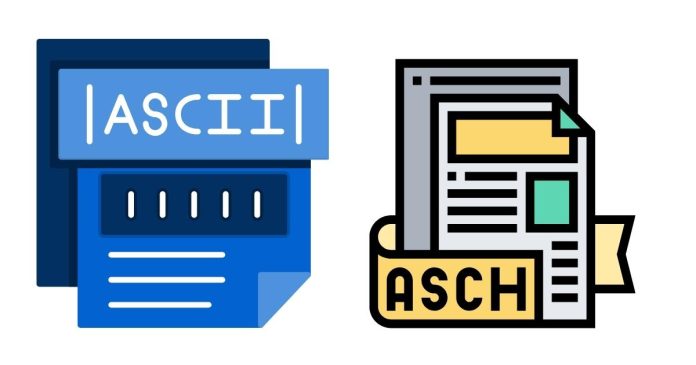When working with programming and keyboard inputs, the question of ASCII values for specific keys often arises. ASCII (American Standard Code for Information Interchange) is a character encoding standard for electronic communication, assigning a numerical value to each character.
However, it’s important to note that the arrow keys — Up, Down, Left, and Right — do not have straightforward ASCII values. Instead, they are represented as sequences of characters or codes sent by the keyboard to the computer, often starting with an escape character. Let’s go straight into this in detail.
Why Arrow Keys Don’t Have Simple ASCII Values
ASCII was designed primarily for alphanumeric characters and a few control characters (e.g., newline, tab). Arrow keys, being non-printable keys, fall outside the standard ASCII range (0-127). These keys are generally handled using escape sequences in many programming contexts.
Escape Sequences for Arrow Keys
When you press an arrow key, the terminal or application typically receives a sequence of characters starting with the escape character (\x1B in hexadecimal, or 27 in decimal). Here’s how the arrow keys are often encoded:
| Key | Escape Sequence | Description |
|---|---|---|
| Up | \x1B[A or ESC[A |
Escape sequence for Up |
| Down | \x1B[B or ESC[B |
Escape sequence for Down |
| Right | \x1B[C or ESC[C |
Escape sequence for Right |
| Left | \x1B[D or ESC[D |
Escape sequence for Left |
The exact sequence can vary depending on the terminal or operating system, but the above is commonly seen in Unix-like systems.
How to Detect Arrow Key Inputs in Code
To handle arrow keys in your program, you often need to interpret these escape sequences manually or rely on libraries that abstract this process. Here’s a Python example using the sys and termios modules to detect arrow key inputs:
import sys
import termios
import tty
def get_key():
fd = sys.stdin.fileno()
old_settings = termios.tcgetattr(fd)
try:
tty.setraw(fd)
key = sys.stdin.read(3) # Read 3 characters for escape sequence
finally:
termios.tcsetattr(fd, termios.TCSADRAIN, old_settings)
return key
print(“Press an arrow key (Ctrl+C to exit):”)
while True:
key = get_key()
if key == ‘\x1b[A’:
print(“Up arrow pressed”)
elif key == ‘\x1b[B’:
print(“Down arrow pressed”)
elif key == ‘\x1b[C’:
print(“Right arrow pressed”)
elif key == ‘\x1b[D’:
print(“Left arrow pressed”)
Alternatives in Other Environments
In environments like graphical user interfaces (GUIs) or game development, arrow keys are often mapped to specific constants or keycodes within libraries or frameworks. For example:
- JavaScript (in browsers): Arrow keys are associated with keycodes: 37 (Left), 38 (Up), 39 (Right), and 40 (Down).
- SDL (Simple DirectMedia Layer): The arrow keys have predefined constants such as
SDLK_UP,SDLK_DOWN,SDLK_LEFT, andSDLK_RIGHT.
Arrow keys are not part of the basic ASCII table but are represented as escape sequences or keycodes depending on the programming context. Understanding how to detect and handle these inputs can significantly enhance your ability to write interactive applications or games. By working with escape sequences or using higher-level libraries, you can seamlessly incorporate arrow key functionality into your programs.


